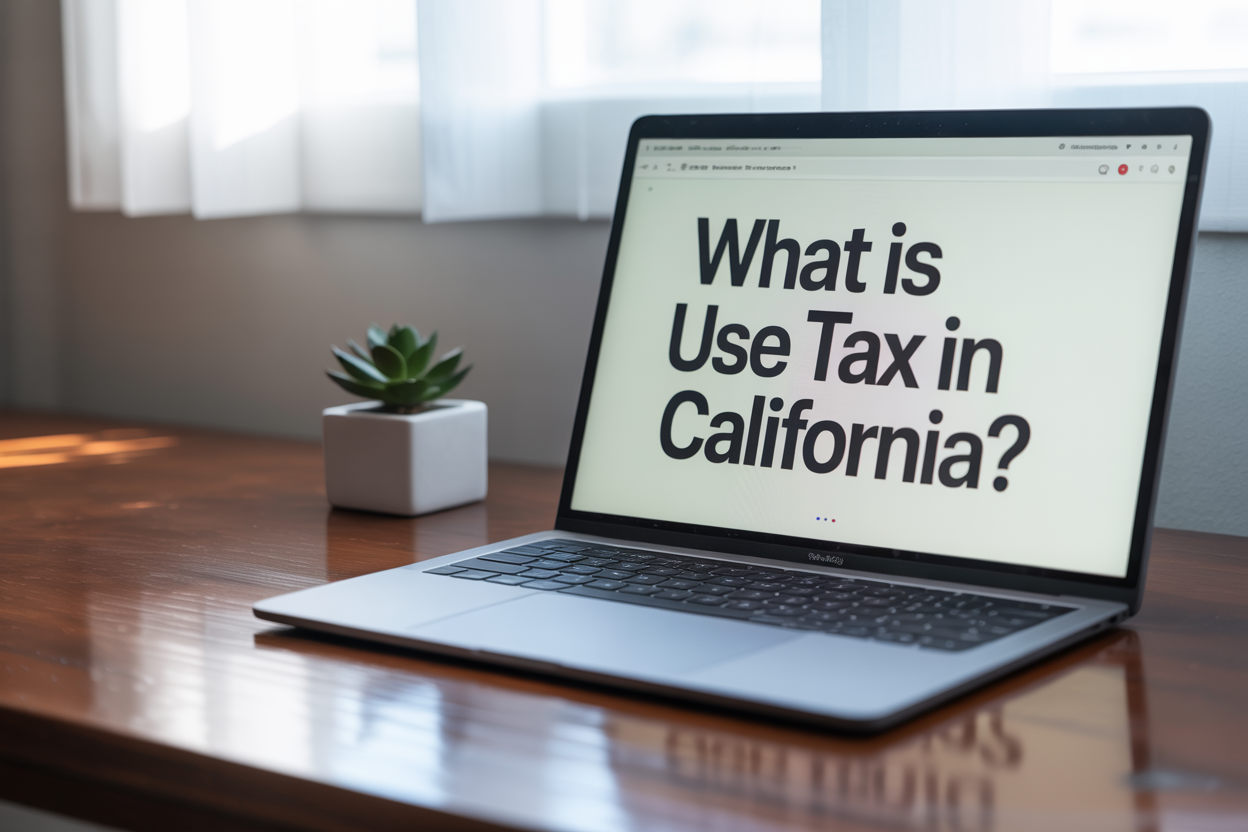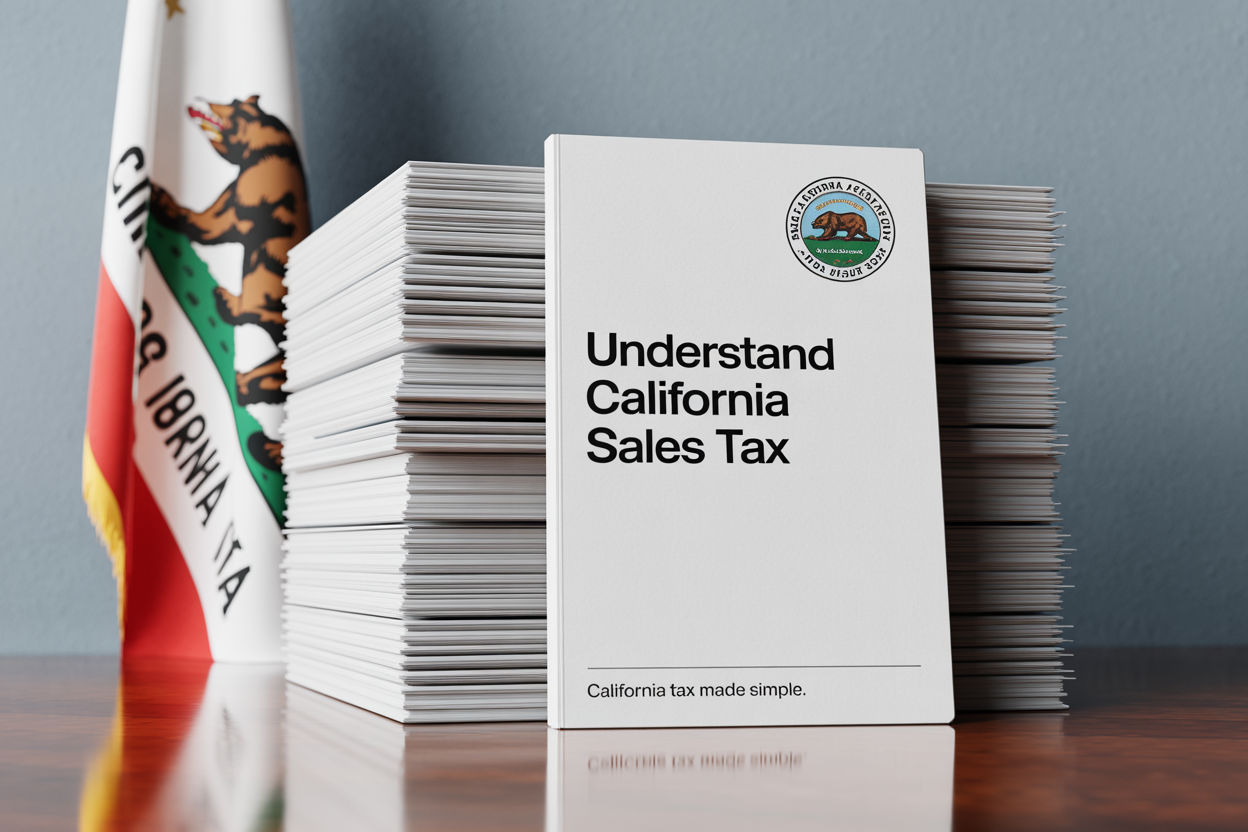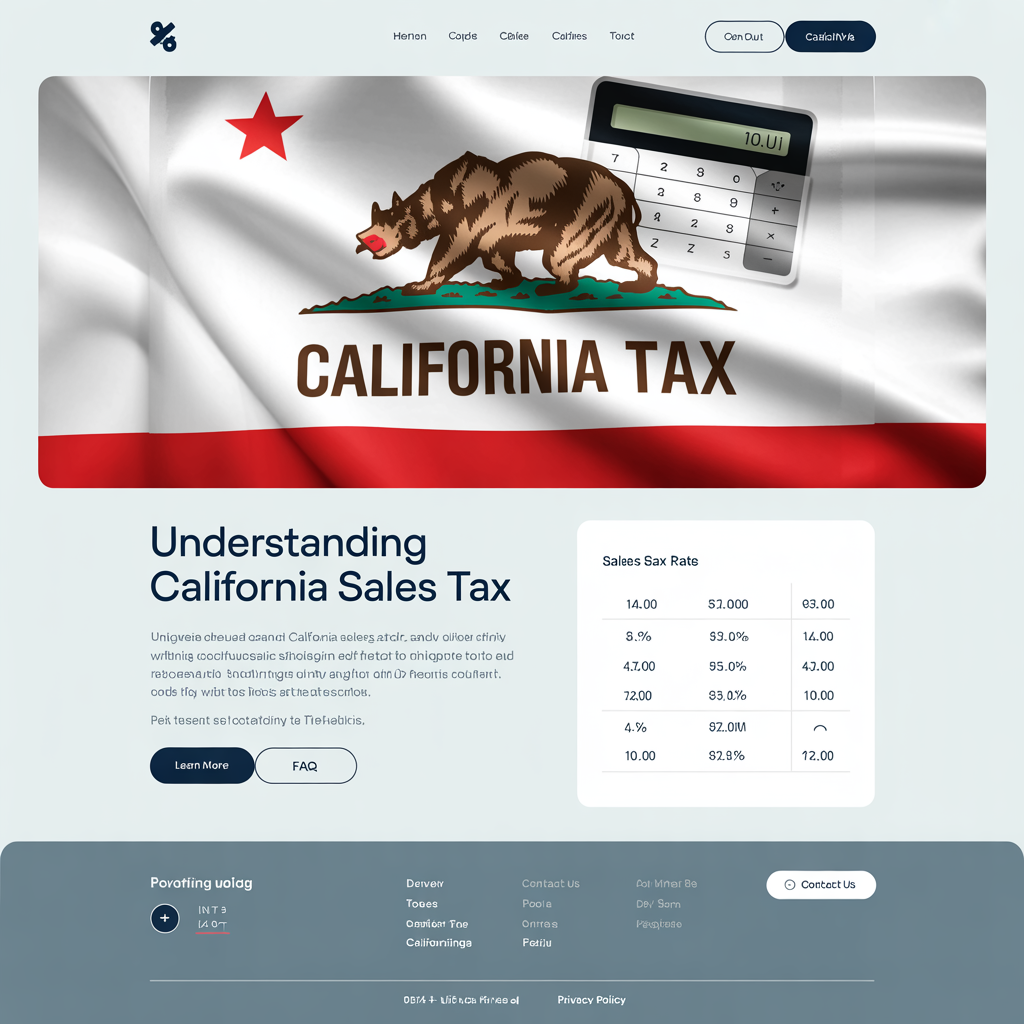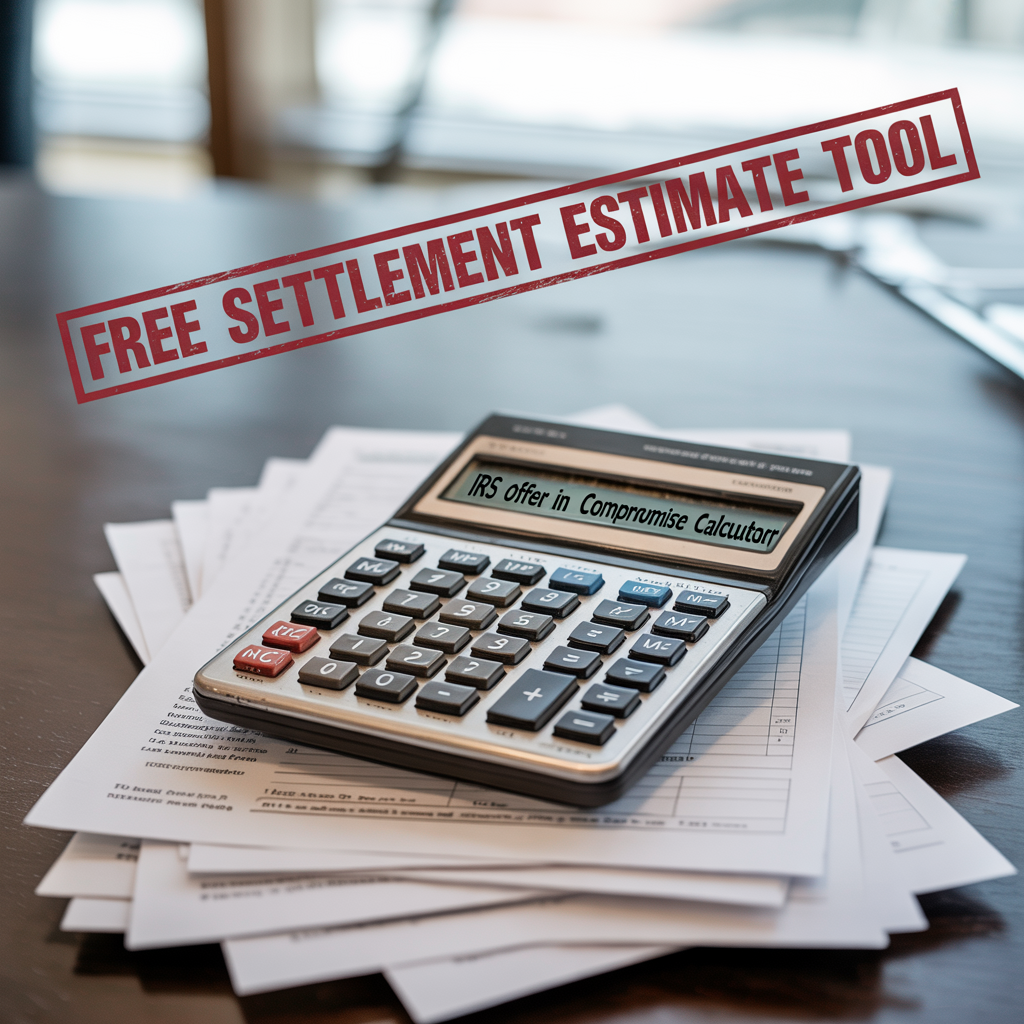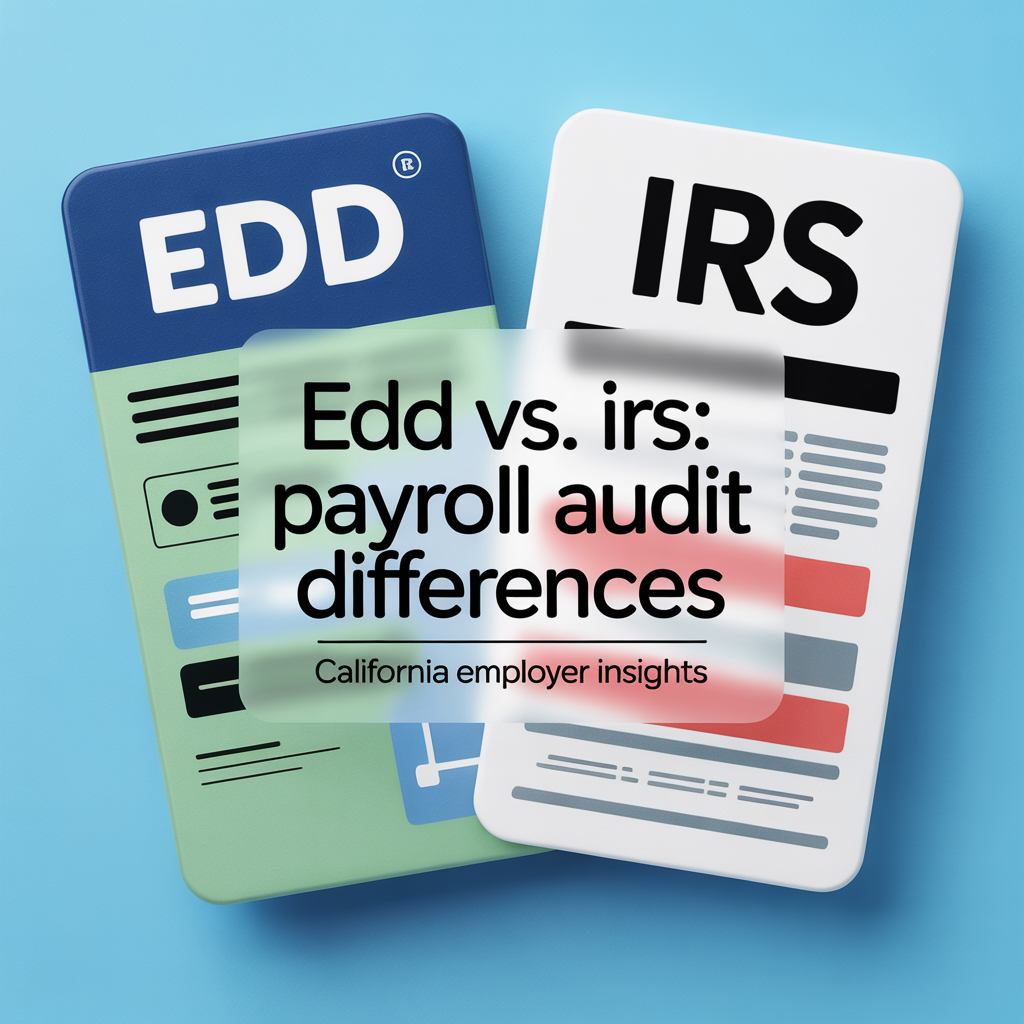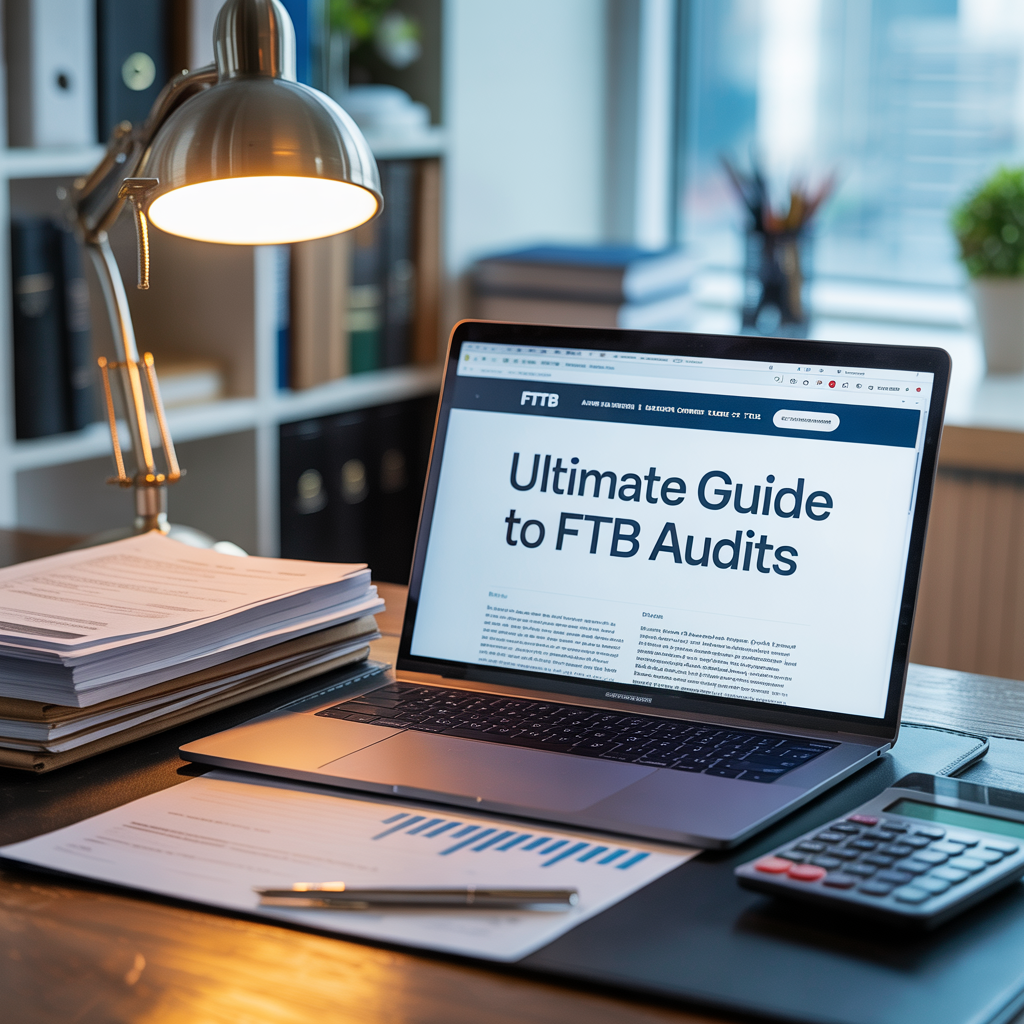IRS Lien Filed Against You? What It Means and What to Do Next
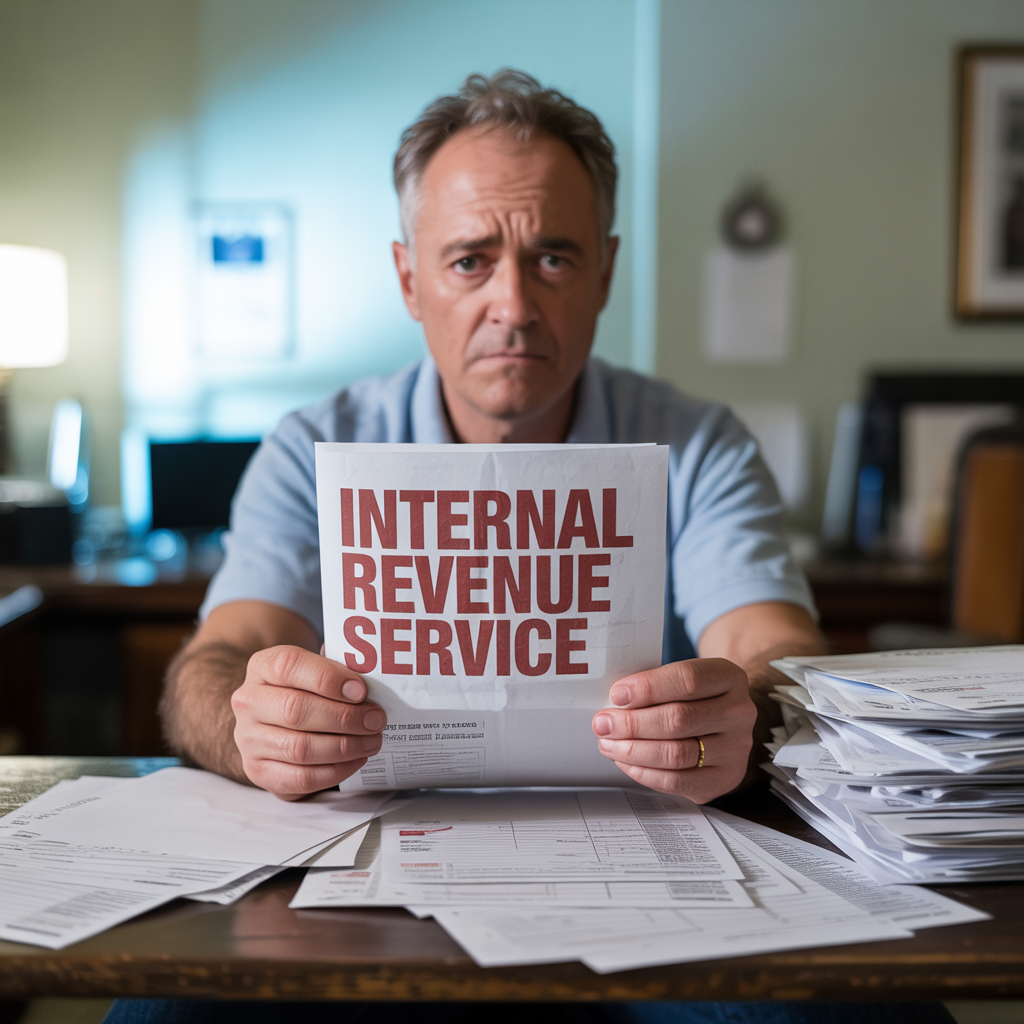
A Federal Tax Lien Is the IRS Putting a Legal Claim on Everything You Own
If you’ve received a notice that the IRS has filed a Notice of Federal Tax Lien, it means they are now publicly asserting a legal claim against your personal or business property due to unpaid tax debt.
This is not just a letter. A lien can damage your credit, block you from refinancing property, and follow you until the tax is paid or settled.
In this blog, we break down what it means, how to respond, and how to resolve or remove the lien with the least financial damage.
What Is a Federal Tax Lien?
A tax lien is a legal claim against your:
- Real estate
- Vehicles
- Personal property
- Financial accounts
- Future income or assets
It gives the IRS priority over other creditors once filed and appears in public records.
Related: IRS wage garnishment actions
How Do You Know a Lien Has Been Filed?
You’ll usually receive IRS Notice 3172, formally titled:
Notice of Federal Tax Lien and Your Right to a Hearing Under IRC 6320
Once filed, the lien is recorded with your county clerk or state recorder and will appear:
- On background checks
- On credit reports (via third-party databases)
- In public record databases searched by lenders and employers
What Triggers an IRS Lien?
The IRS can file a lien when:
- You owe more than $10,000
- You’ve received prior notices (CP14, CP504, etc.)
- You haven’t entered into a resolution like an Installment Agreement
If you also receive a responding to an IRS notice of intent to levy, you’re entering the enforcement phase where property and income are at risk.
What Are the Consequences of a Tax Lien?
- Blocks refinancing or selling property
- Lowers your borrowing ability
- Impacts business relationships and licenses
- Signals to the IRS that forced collection may follow
If you also receive a Notice of Intent to Levy, you’re entering the enforcement phase.
Step 1: Don’t Ignore the Lien
A filed lien won’t go away on its own. If you ignore it:
- Interest and penalties continue to grow
- The IRS may issue levies or wage garnishments
- You lose the chance to negotiate from a strong position
Taxpayers may also explore challenging IRS penalties through abatement if they were assessed unfairly or due to reasonable cause.
Step 2: Explore IRS Lien Removal or Withdrawal Options
1. Pay the Balance in Full
This removes the lien after payment is processed—but it can take 30–60 days.
2. Submit a Request for Lien Withdrawal (Form 12277)
If the lien was filed in error or you meet special conditions (e.g., entered into Direct Debit Installment Agreement under $25K), you can request early removal.
3. Request Subordination
This allows another creditor (like a mortgage lender) to move ahead of the IRS—helpful if you’re trying to refinance.
4. Apply for an Offer in Compromise
This can be a powerful tool for settling debt with an Offer in Compromise, allowing you to potentially pay less than the full balance owed.
Step 3: Consider Appealing the Lien
You have the right to request a Collection Due Process (CDP) Hearing within 30 days of receiving the lien notice.
This gives you:
- A pause on collection
- A chance to propose alternatives
- Access to appeal the IRS decision
Related: IRS Collection Appeals Program (CAP) vs. CDP Hearings – What’s the Difference?
We Help Orange County Taxpayers Remove or Resolve IRS Liens
At Boulanger CPA and Consulting PC, we help individuals and business owners:
- Respond to lien notices
- Request lien withdrawals or subordination
- Settle the underlying tax debt
- Avoid future liens through strategic planning
Call (657) 218-5700 or schedule your consultation at www.orangecounty.cpa
You don’t have to navigate this process alone—learn more in Defend What’s Yours.
Frequently Asked Questions
What is an IRS tax lien?
An IRS tax lien is a legal claim against your property when you neglect or fail to pay a tax debt. It protects the government’s interest in your assets.
How will an IRS lien affect me?
A lien attaches to your real estate, personal property, and financial assets. It can damage your credit and make it harder to sell or refinance property.
Can a lien turn into a levy?
Yes. A lien is a claim on property, while a levy is the actual seizure of funds or assets. If you do not resolve the debt, the IRS can escalate to levies.
How do I get an IRS lien released?
A lien is released once the debt is fully paid or settled. In some cases, you may qualify for lien withdrawal, subordination, or discharge under IRS programs.
Does bankruptcy remove a tax lien?
No. Bankruptcy may discharge the tax debt but does not automatically remove the IRS’s lien on your property.
Can a lien be avoided if I act quickly?
Yes. Entering into an installment agreement or qualifying for other resolution options before the lien is filed can sometimes prevent it from being recorded.
Does the IRS notify credit bureaus about liens?
No. The IRS stopped directly reporting liens to credit bureaus in 2018, but liens are public records and can still impact your ability to get credit.
Should I get professional help for a lien?
Yes. A professional can help you remove, subordinate, or withdraw a lien while also working on resolving the underlying tax debt.
Marc Boulanger, CPA is the founder of Boulanger CPA and Consulting PC, a boutique tax resolution firm based in Orange County, California and trusted by high-income individuals and business owners across Southern California.
Marc is a Certified Public Accountant licensed in California and Oklahoma and holds the designation of Certified Tax Representation Consultant. He is a member of the American Society of Tax Problem Solvers (ASTPS) — the national organization founded by the educators and practitioners who have trained thousands of CPAs, EAs, and tax attorneys in IRS representation strategy.
📍 Learn more at www.orangecounty.cpa or call (657) 218-5700.

